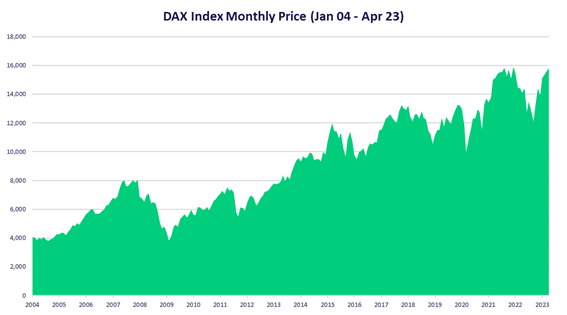| |
|
|
|
| Quotation |
Euros per index point |
Euros per index point |
Euros per index point |
| |
|
|
|
| Trading Hours |
Sunday to Friday, 7:00 pm to 4:00 pm ET |
Sunday to Friday, 7:00 pm to 4:00 pm ET |
Sunday to Friday, 7:00 pm to 4:00 pm ET |
| |
|
|
|
| Tick Value |
€25 |
€5 |
€1 |
| |
|
|
|
| Duration |
Quarterly: March, June, Sept. Dec. |
Quarterly: March, June, Sept. Dec. |
Quarterly: March, June, Sept. Dec. |
| |
|
|
|
| Settlement |
Cash |
Cash |
Cash |
| |
|
|
|
| Close |
The third Friday of the relevant month provided that such day is a trading day at Eurex; otherwise, it shall be the trading day immediately preceding. |
The third Friday of the relevant month provided that such day is a trading day at Eurex; otherwise, it shall be the trading day immediately preceding. |
The third Friday of the relevant month provided that such day is a trading day at Eurex; otherwise, it shall be the trading day immediately preceding. |
| |
|
|
|
| Last Trading Day/ Settlement |
The last trading day of the Index Futures Contracts is the third Friday of the contract month provided that it is a trading day at Eurex; otherwise, it is the trading day immediately preceding. The final settlement day is the last trading day. |
The last trading day of the Index Futures Contracts is the third Friday of the contract month provided that it is a trading day at Eurex; otherwise, it is the trading day immediately preceding. The final settlement day is the last trading day. |
The last trading day of the Index Futures Contracts is the third Friday of the contract month provided that it is a trading day at Eurex; otherwise, it is the trading day immediately preceding. The final settlement day is the last trading day. |
 Source: Eurex[/caption]
Source: Eurex[/caption]
